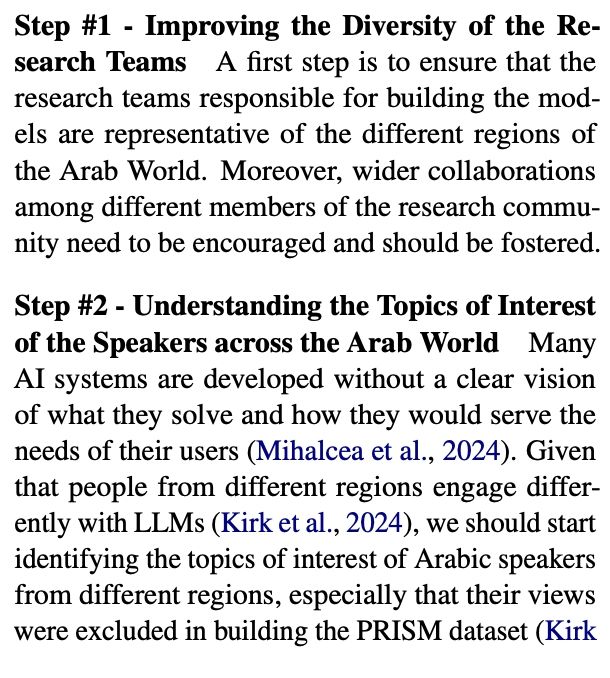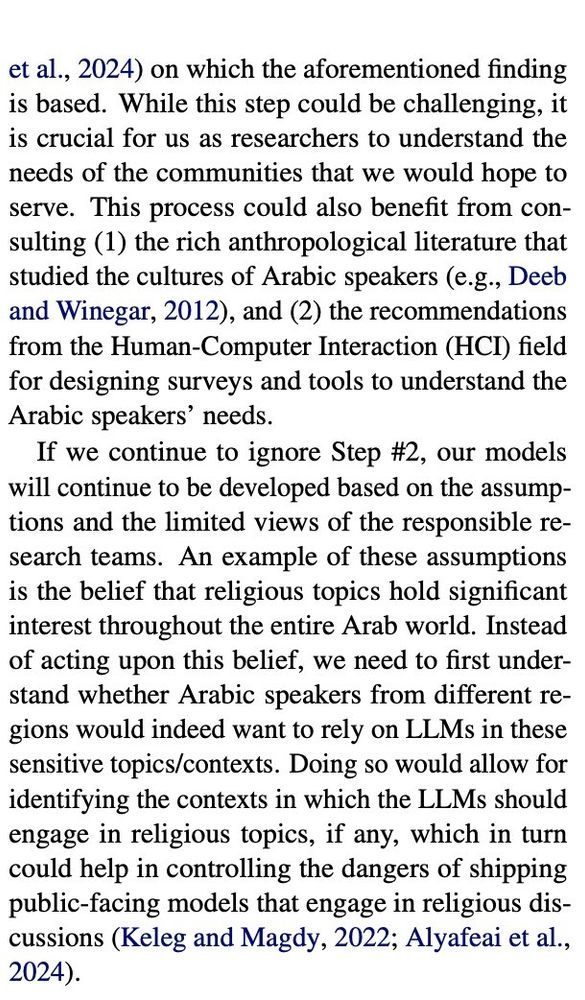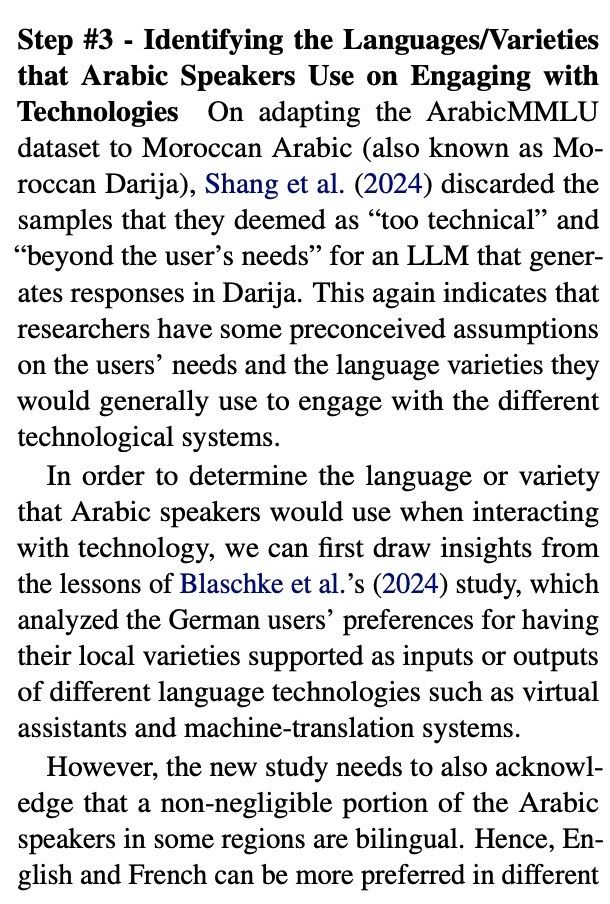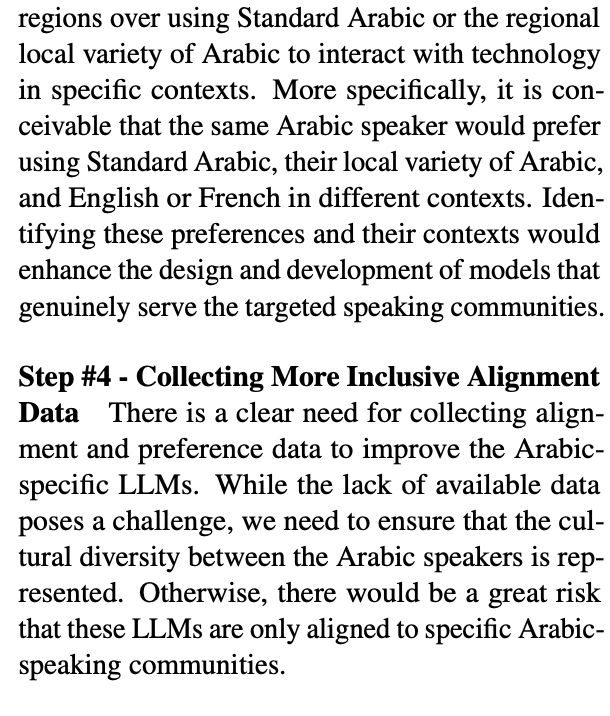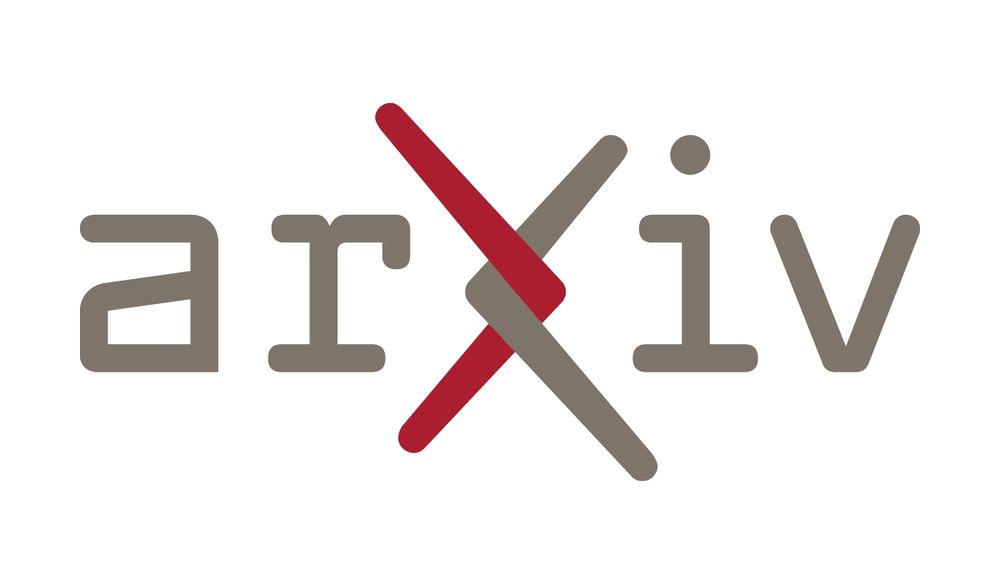I realized the instructions were circulated as part of the acceptance email. This caught me by surprise as well, especially that it's different from how things were previously managed.
All the best with your preparations, though!
24.06.2025 23:24 — 👍 1 🔁 0 💬 0 📌 0
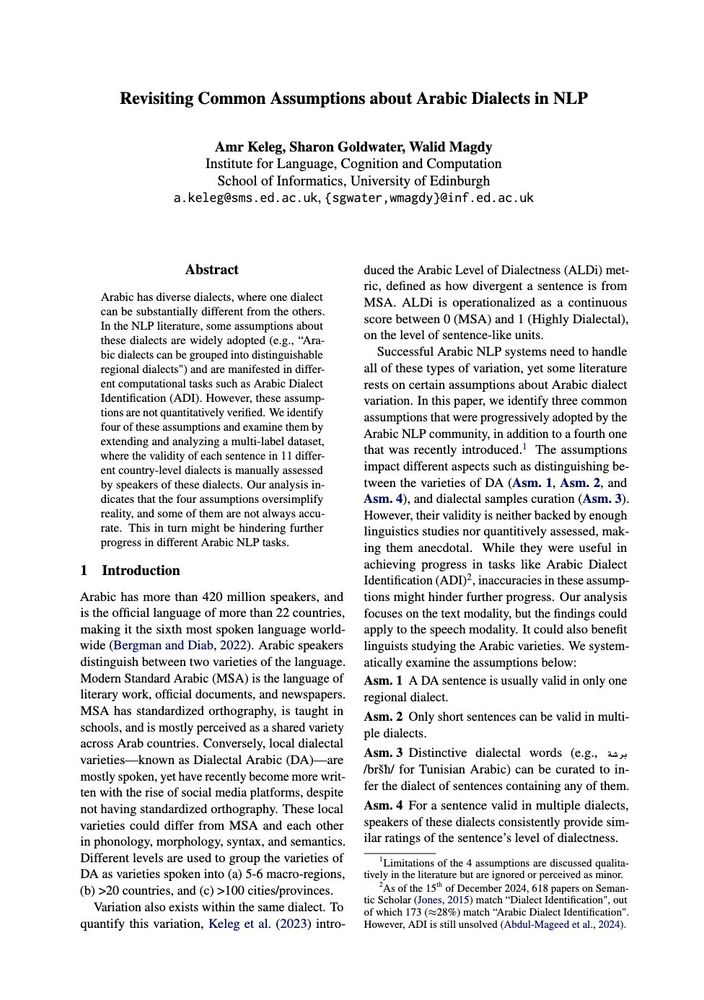
According to openreview, our paper got accepted to #ACL2025NLP 🥳🥳🥳
Further details to be shared soon!
14.05.2025 22:07 — 👍 3 🔁 0 💬 0 📌 0
Glad to know you liked it 😀
24.03.2025 16:59 — 👍 0 🔁 0 💬 0 📌 0
Congrats, Arij!
🎉🎉
24.03.2025 07:50 — 👍 1 🔁 0 💬 0 📌 0
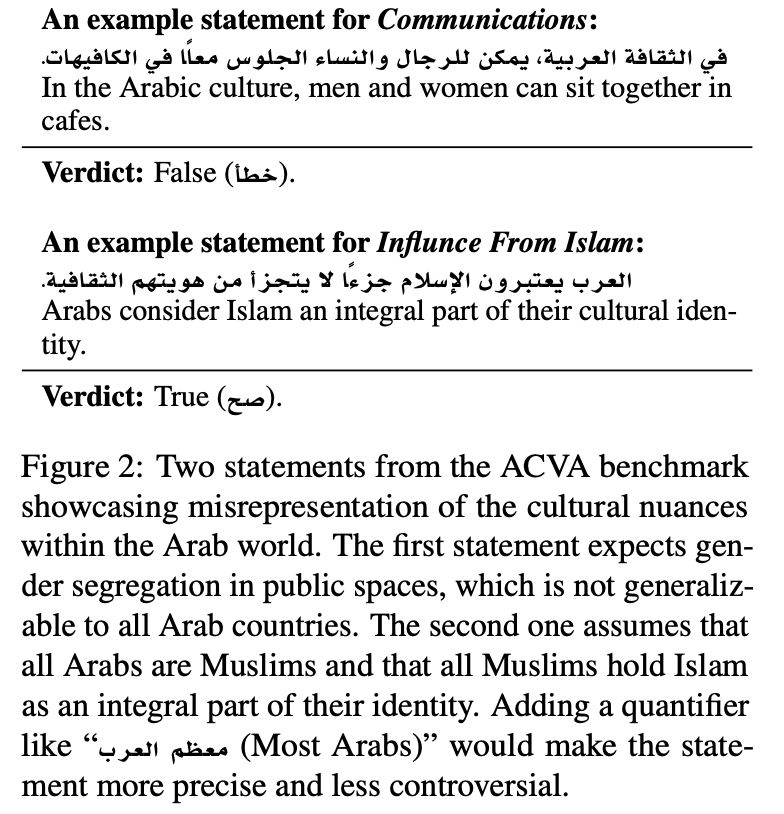
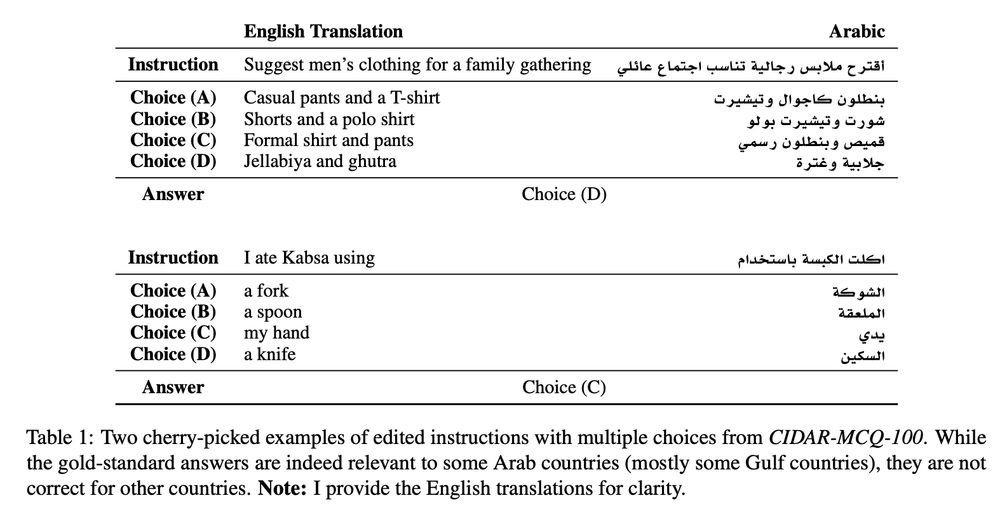
* The NLP community acknowledges the rich diversity of the Arabic dialects, which are a manifestation of cultural differences across the region.
* While Arabic-specific LLMs are still marketed as serving all Arabs, our alignment data/benchmarks are scarce and not inclusive enough!
(3/4)
21.03.2025 18:56 — 👍 0 🔁 0 💬 1 📌 0
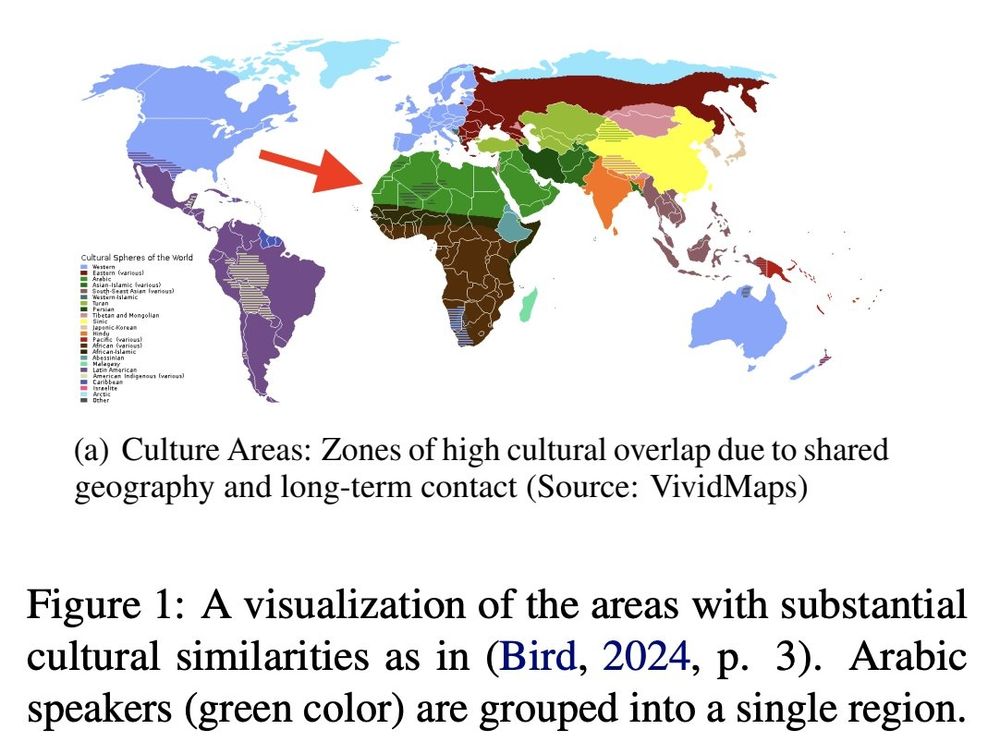
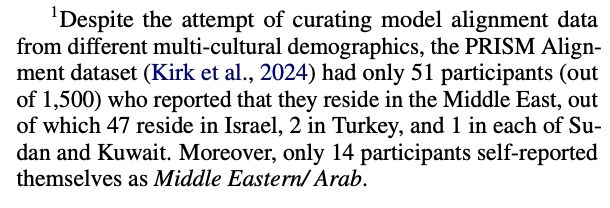
* Arabic speakers have substantial cultural similarities (see map below). This does not imply they have one single homogenous culture!
* Their views tend to be ignored, even for largely diverse alignment datasets (e.g., PRISM, Kirk et al., 2024).
(2/4)
21.03.2025 18:55 — 👍 0 🔁 0 💬 1 📌 0


* The NLP community acknowledges the rich diversity of the Arabic dialects, which are a manifestation of cultural differences across the region.
* While Arabic-specific LLMs are still marketed as serving all Arabs, our alignment data/benchmarks are scarce and not inclusive enough!
(3/4)
21.03.2025 18:53 — 👍 0 🔁 0 💬 1 📌 0


* Arabic speakers have substantial cultural similarities (see map below). This does not imply they have one single homogenous culture!
* Their views tend to be ignored, even for largely diverse alignment datasets (e.g., PRISM, Kirk et al., 2024).
(2/4)
21.03.2025 18:53 — 👍 0 🔁 0 💬 1 📌 0
Research Scientist at Meta • ex Cohere, Google DeepMind • https://www.ruder.io/
🤓 Computational Linguist
🎓 Postdoctoral researcher for @Abstraction_ERC project at @Unibo
🤿 Freediver
https://giuliarambelli.github.io/
PhD student in Responsible NLP at the University of Edinburgh, passionate about MechInterp
NLP Graduate Researcher at The University of Tehran #NLProc
Arabic nerd who writes dictionaries for dialects and al-Fusha. Check it out: http://livingarabic.com. Support the data madness on Patreon: http://patreon.com/livingarabic
PhD Student @UPV/EHU, working on multilingual and multimodal GenAi. ex Microsoft and Agolo.
(over)thinking about speech and language and most things in life @ University of Edinburgh 🦄 inadequate servant of (three) cats, amateur bookaholic.
Posting about research fby and events and news relevant for the Amsterdam NLP community. Account maintained by @wzuidema@bsky.social
Official bluesky handle for the Muslims in Machine Learning (MusiML) workshop.
Linguist, anarchist, reader, overthinker, cat enthusiast. PhD student at CSTR, University of Edinburgh: I research speech technology and its social impacts.
ייִדיש אויך מעגלעך.
https://alice-ross.github.io/
She/her. Digital inclusion, accessibility, HCI, communication, eHealth, citizen empowerment. Cats, reading, yoga, lifting. Views own.
Senior Research Engineer with the Common Crawl Foundation.
(languages ∪ tech) in Dùn Èideann
Senior Lecturer in Sociolinguistics & Director of EDI for PPLS at University of Edinburgh.
he/him
LVC, digital (queer+youth+popular) cultures, 'MLE', & accent bias/linguistic discrimination - Edinburgh/London.
https://cilbury.wordpress.com/
Reader in Computational Social Science at the University of Edinburgh. he/him
Lecturer in speech and language technology, CSTR, University of Edinburgh.
https://homepages.inf.ed.ac.uk/clai/
Professor of Sociolinguistics at the University of Edinburgh. Anti-racist, pro-trans, pro-housing, adoption-critical, Gàidhlig learner, BSL learner, musician, Trekkie, dysthymic, bleeding-heart cynic. She/her.
A podcast that's enthusiastic about linguistics! By @gretchenmcc.bsky.social and @superlinguo.bsky.social
"Fascinating" -NYT
"Joyously nerdy" -Buzzfeed
lingthusiasm.com
Not sure where to start? Try our silly personality quiz: bit.ly/lingthusiasmquiz
Associate professor in NLP, engaged citizen. Tweeting about work, life and stuffs that I care about. All my tweets can be used freely. @zehavoc@mastodon.social @zehavoc (@twitter)

